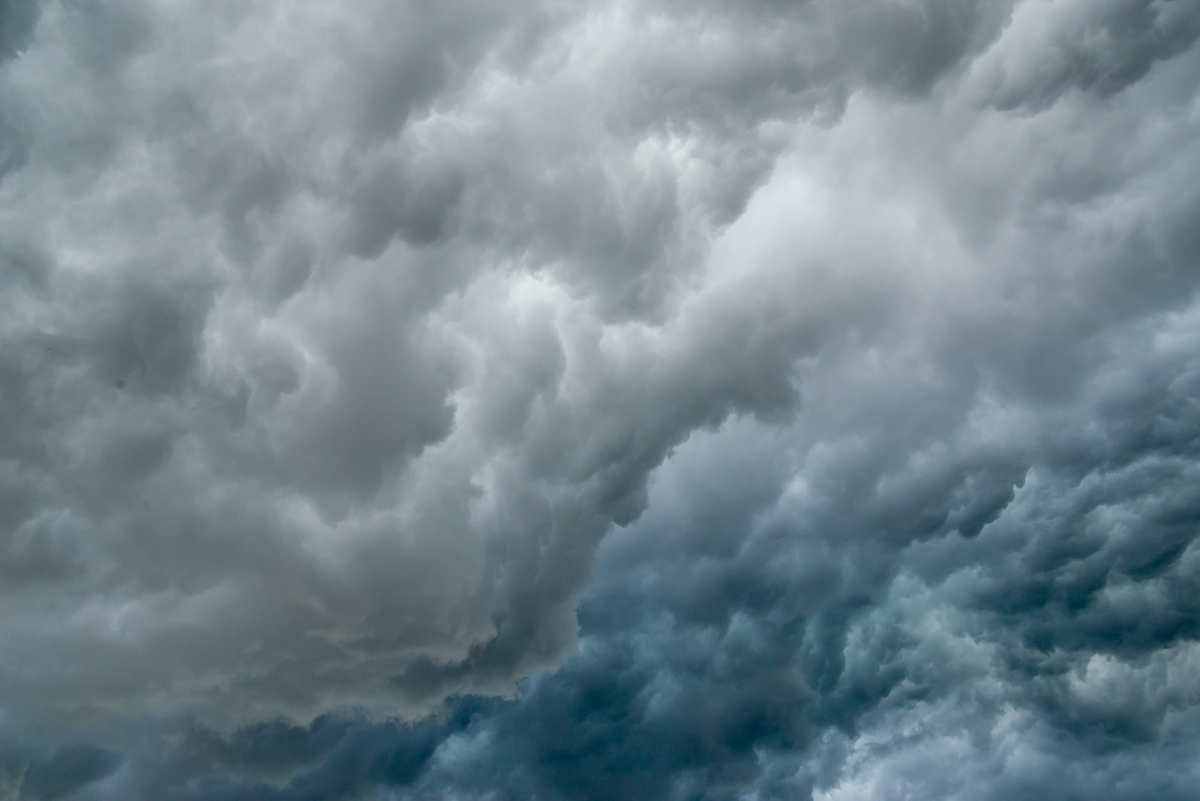Have you heard La Niña is on our horizon according to the Bureau of Meteorology? This weather system is brought about by changes in the Pacific Ocean temperatures. La Niña impacts global weather patterns. It is expected that increased rainfall will occur in central, eastern, and northern parts of Australia. The Bureau of Meteorology says La Niña can mean more tropical cyclones, thunderstorms, and higher risk of flooding. The last time we were in La Niña was 2010-2012. This two-year period was the wettest on record in Australia. Hopefully, it may help things on the drought and bushfire front. But, there is no doubt storms have the potential to cause substantial damage to homes, rumbling across our skies with heavy winds, hail, and rainfall. Meteorologists say La Niña will peak in late spring and early summer this year.
The best way to be prepared is to carry out regular home maintenance tasks to help minimise any risks associated with storms, cyclones and flooding. Your roof can be the most vulnerable part of the house in cyclonic winds. It is exposed to powerful uplift forces. The age of your house can also be factor. Houses built after the 1980s are typically more storm resilient. All houses must comply with the Building Code of Australia, but regulations were changed for the better in the 1980s following Cyclone Tracy.
Booking in routine roof condition checks is essential. Repair loose tiles, eaves, screws, and broken or damaged guttering. Be sure to keep gutters and downpipes clean so that water can safely drain away from your home. Attend to any corrosion, loose fittings, or termite-affected timber. Check window seals are functioning well. Keep an eye out for any damage on your home as result of age, and general wear and tear. If you are renting and notice repairs that need attending to, let your property manager know early in the piece.
Cyclones and storms are largely determined by your location. Find out when storms are likely to occur ahead of time and prepare in advance. Other tips include: Make sure your mobile phone is charged in the event of a storm. Tune into the radio/TV for updates. Visit the Queensland Government’s disasters and alerts website. Have an emergency kit prepared. Look out for others in the neighbourhood– especially the elderly and vulnerable. Secure loose objects around the yard such as outdoor furniture and dead branches. Bring any pets inside – they may become distressed and attempt to run away. Also, it may seem like common sense, but it is easy to overlook keeping insurance up-to-date. In the event of storm damage, make sure to gather evidence such as photos and notes.
Not to mention, we could have a humid and wet summer ahead of us, bringing an onslaught of pesky mozzies. A mosquito army is definitely not ideal for entertaining outdoor summer BBQs. There is only so much citronella can do! Make sure to empty pooling water from collecting sites, such as pot plant saucers to prevent mosquito larvae growth. Another big breeding site can be your gutters. If water is pooling in them, get onto it straight away. It could be a sign of a blockage. This will be prevented by regular cleans.
There is no doubt Queensland storms can be wildly unpredictable. Did you know RACQ research indicates as many as 50% of Australians have not done anything to be storm ready for the season? If you take these precautionary steps however, you can take comfort that you have prepared as much as possible.







